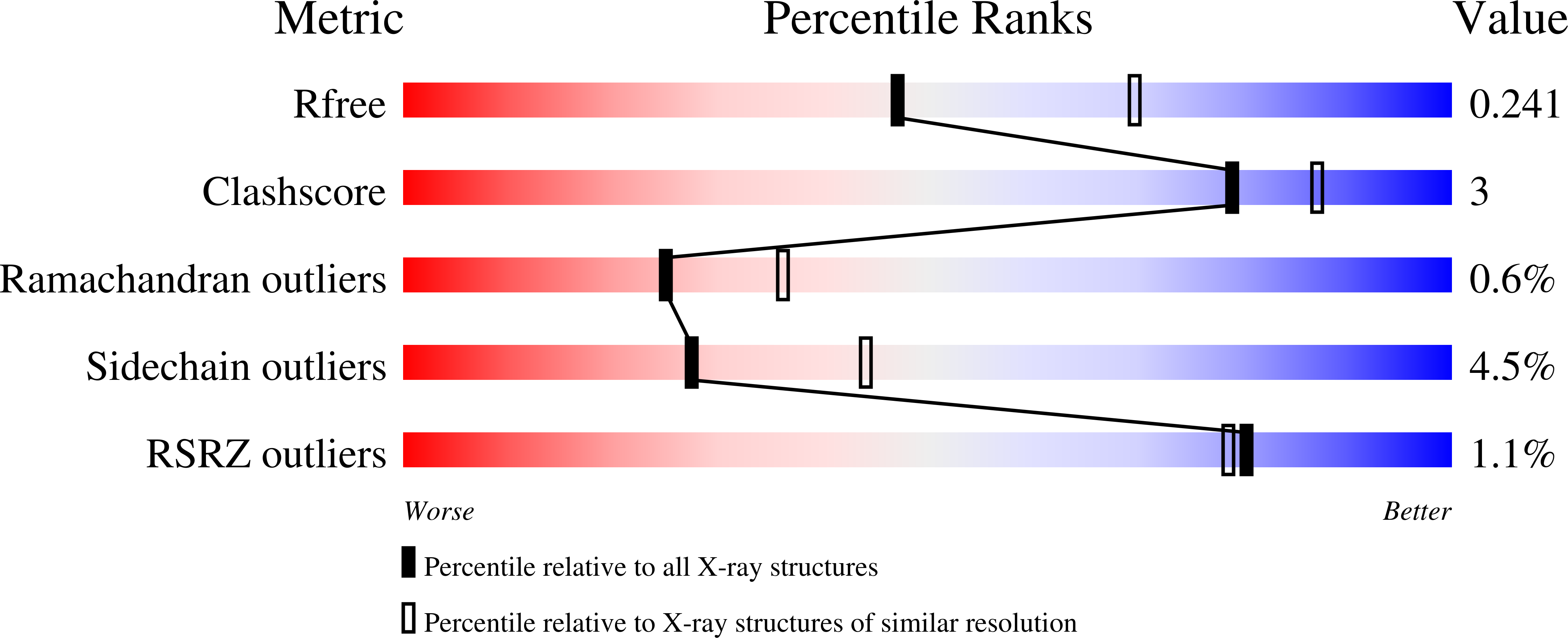
Deposition Date
2021-03-26
Release Date
2021-11-10
Last Version Date
2024-10-16
Entry Detail
PDB ID:
7M72
Keywords:
Title:
MHC-like protein complex structure
Biological Source:
Source Organism:
Mus musculus (Taxon ID: 10090)
Homo sapiens (Taxon ID: 9606)
Homo sapiens (Taxon ID: 9606)
Host Organism:
Method Details:
Experimental Method:
Resolution:
2.40 Å
R-Value Free:
0.22
R-Value Work:
0.18
R-Value Observed:
0.18
Space Group:
P 21 21 21


